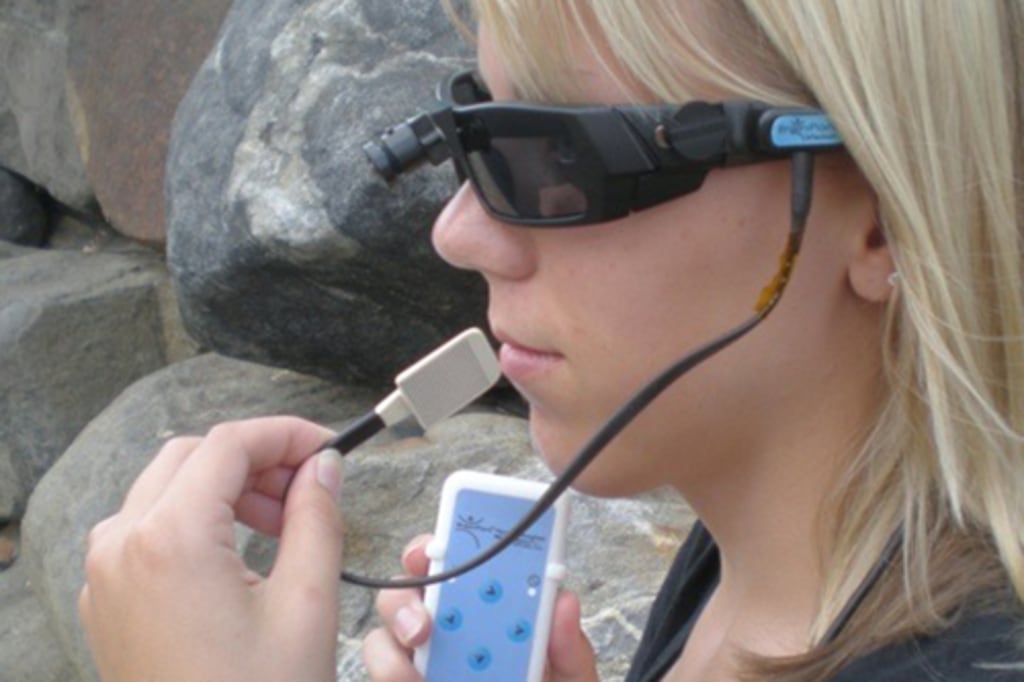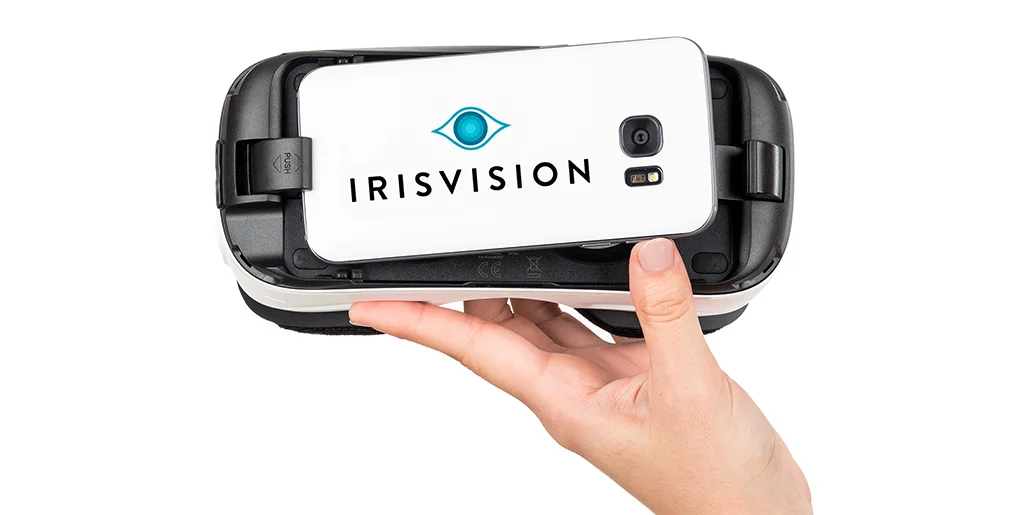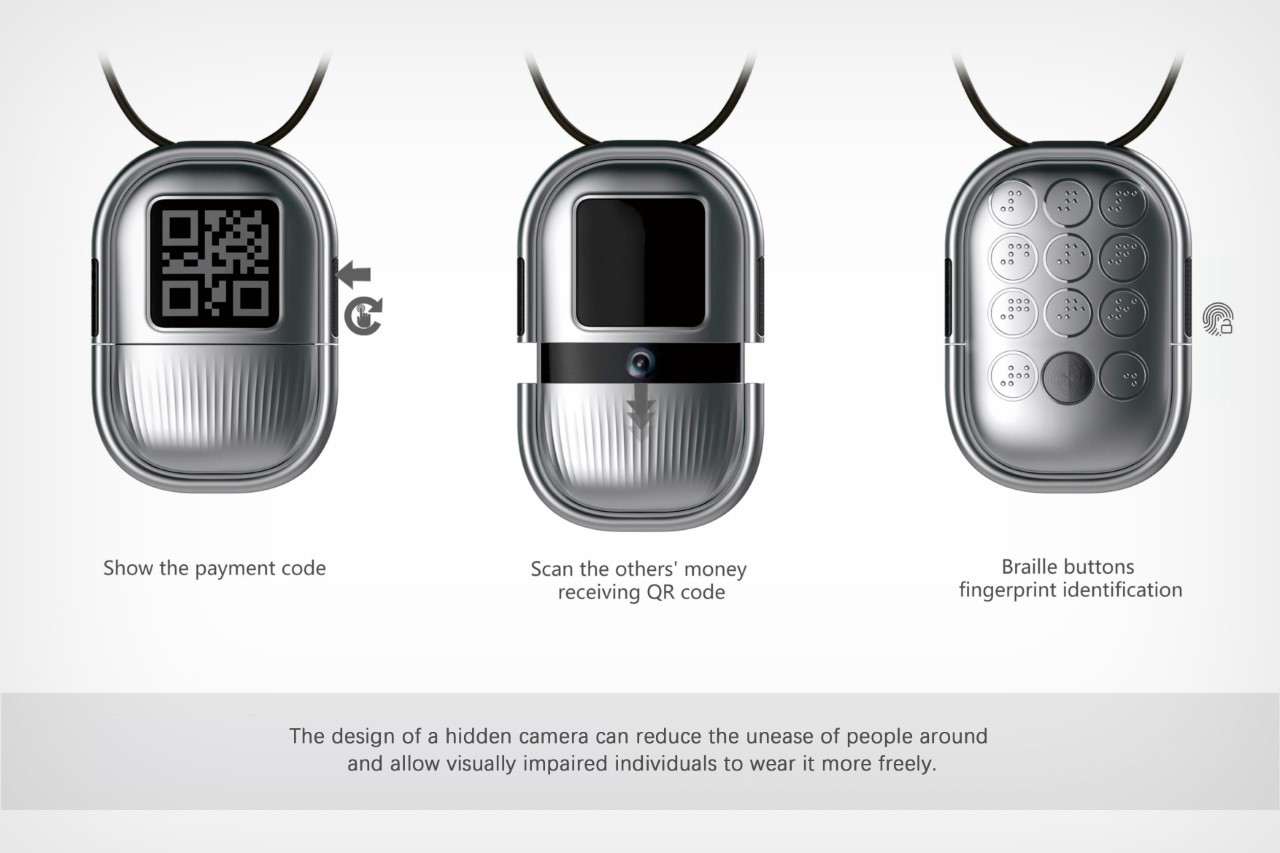OCR Devices for the Blind: Converting Print to Speech in Real-Time
Empowering Freedom With Assistive Modern Technology for the Blind
The assimilation of assistive innovation into the lives of individuals with aesthetic disabilities represents a significant advancement in promoting independence and self-sufficiency. From ingenious screen readers to sophisticated smart walking sticks, these tools not only boost day-to-day navigating and interaction however likewise equip users to engage meaningfully in numerous facets of life. As we discover the myriad benefits and real-world applications of these innovations, it ends up being critical to examine the hidden variables that add to their efficiency and the capacity for future developments in this vital area.
Introduction of Assistive Innovation

The advancement of assistive technology is based in concepts of inclusivity and empowerment. Technologies in software, equipment, and sensory enhancements offer users with options tailored to their specific demands. From display visitors that convert message to speech, to tactile gadgets that communicate details with touch, these devices transform the way individuals involve with their surroundings.
Along with practical applications, assistive innovation promotes greater social inclusion and involvement in various industries, including education and learning and work (Voice-activated assistive devices). As r & d remain to advance, the capacity for assistive technology to better improve the lives of aesthetically impaired individuals stays promising, paving the method for an extra equitable society where everybody can thrive
Types of Assistive Instruments
A variety of assistive gadgets have actually arised to sustain people with aesthetic impairments, each designed to fulfill details needs and enhance everyday performance. These tools range from low-tech services to sophisticated innovations, offering diverse options for users.
Low-tech devices consist of magnifiers and large-print products that aid in reading and writing. Braille tools, such as Braille styluses and slates, allow responsive analysis and interaction. Orientation and movement aids, like white walking sticks, assist customers navigate their atmosphere securely.
On the greater end of the spectrum, electronic magnification systems and screen readers offer substantial assistance. Digital magnifiers permit individuals to increase the size of message and photos on displays, while display viewers transform electronic web content right into manufactured speech, promoting accessibility to details on mobile phones and computer systems.
Mobile phone applications likewise play a crucial duty, providing attributes like message acknowledgment and navigation support. Wearable technology, such as smart glasses geared up with augmented fact, is arising as an encouraging tool to enhance situational awareness.
Advantages of Assistive Technology
The integration of assistive innovation substantially enhances the high quality of life for individuals with aesthetic problems. These innovations encourage customers by advertising self-reliance, enabling them to navigate their atmospheres a lot more successfully and carry out daily jobs with higher simplicity. For example, screen readers and magnifying software application allow people to access digital details, fostering expert and academic opportunities that might have previously run out reach.
In addition, assistive gadgets such as smart walking canes and general practitioners applications offer real-time navigation aid, improving movement and safety. This boosted autonomy not just enhances self-esteem yet likewise urges social interaction, allowing customers to participate more totally in their neighborhoods.
Assistive technology likewise facilitates interaction, helping customers get in touch with others with voice recognition and text-to-speech applications. This ability is vital for keeping relationships and accessing essential info.
In addition, the modification options available with lots of assistive technologies make sure that users can tailor tools to their particular requirements, further improving use and efficiency. On the whole, the benefits of assistive innovation for people with aesthetic impairments are extensive, promoting a more inclusive culture where every person can seek their ambitions and objectives.
Study and Success Stories
Highlighting the transformative effect of assistive technology, various study show how people with visual disabilities have successfully integrated these devices into their day-to-days live. One compelling instance involves an university student that utilized display analysis software application to navigate online sources and academic materials effectively. This modern technology not just promoted her education and learning but also boosted her self-confidence in joining discussions and team projects.
Another instance research study features a specialist who employs a smart device application developed for here navigation and things recognition. By using this application, he has regained freedom in both his personal and job atmospheres, permitting him to commute separately and engage with coworkers better.
Furthermore, a retired person shared her experience with braille e-readers, which allowed her to access a large array of literary works and stay gotten in touch with her community through book clubs.
These success tales highlight the critical role of assistive innovation in cultivating freedom, boosting lifestyle, and promoting social integration for individuals with aesthetic impairments (Smart glasses for the visually impaired). By embracing these cutting-edge devices, customers can get over challenges and seize opportunities that add to their individual and professional gratification

Future Patterns in Assistive Technology
Innovation in assistive technology is poised to redefine the landscape of support for people with aesthetic problems. Arising trends stress the assimilation of expert system (AI) and equipment discovering, which improve the functionality of tools that help with navigation and details ease of access. AI-driven applications are now capable of interpreting aesthetic data in real-time, allowing users to engage with their go to this site setting a lot more separately.
Moreover, the growth of wearable technology is progressing rapidly. Smart glasses geared up with augmented reality (AR) can supply audio summaries of surroundings, transforming just how customers engage with public spaces. These tools not only advertise freedom yet also foster social addition.
In Addition, the Internet of Points (IoT) is making homes smarter, permitting smooth connection in between daily devices and assistive gadgets. This connection empowers users by allowing voice-activated controls and computerized reactions customized to specific requirements.
Verdict
In verdict, assistive modern technology plays a critical role other in equipping individuals with aesthetic disabilities by improving their self-reliance and interaction with their surroundings. The diverse series of gadgets and applications readily available not just promotes navigating and interaction but likewise advertises social combination and possibilities for personal and specialist development. As developments proceed in this field, the capacity for boosting the lifestyle for those with visual problems will certainly expand, cultivating better freedom and empowerment.
